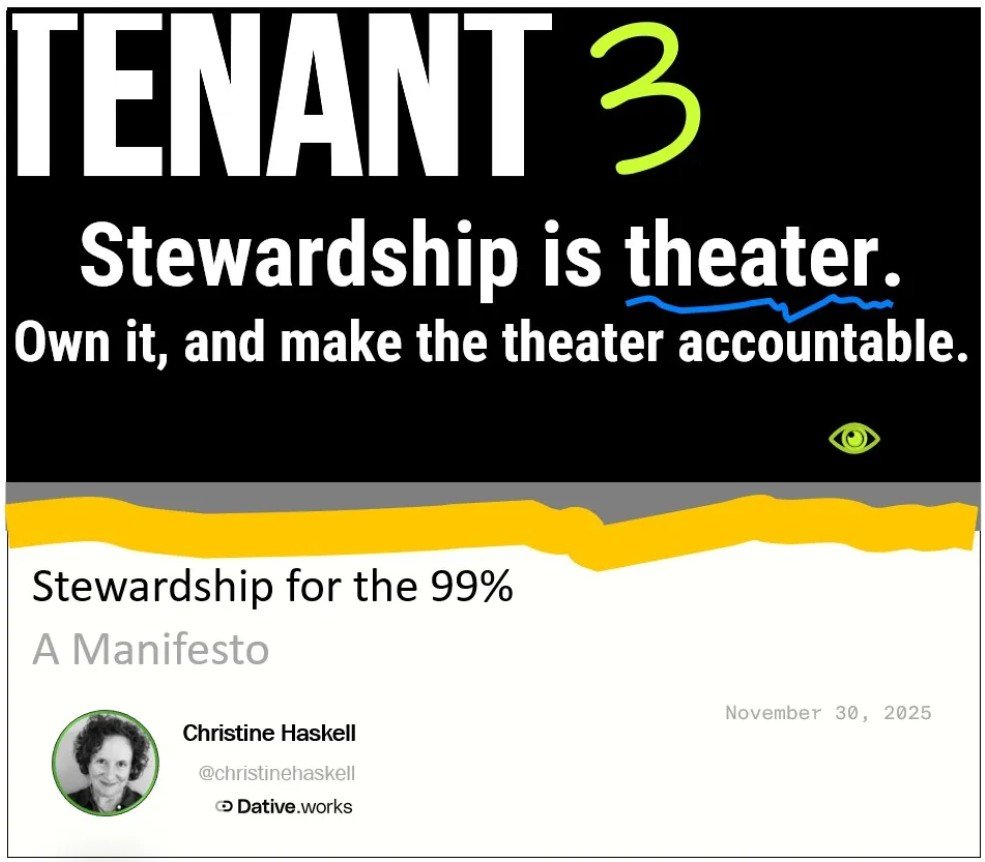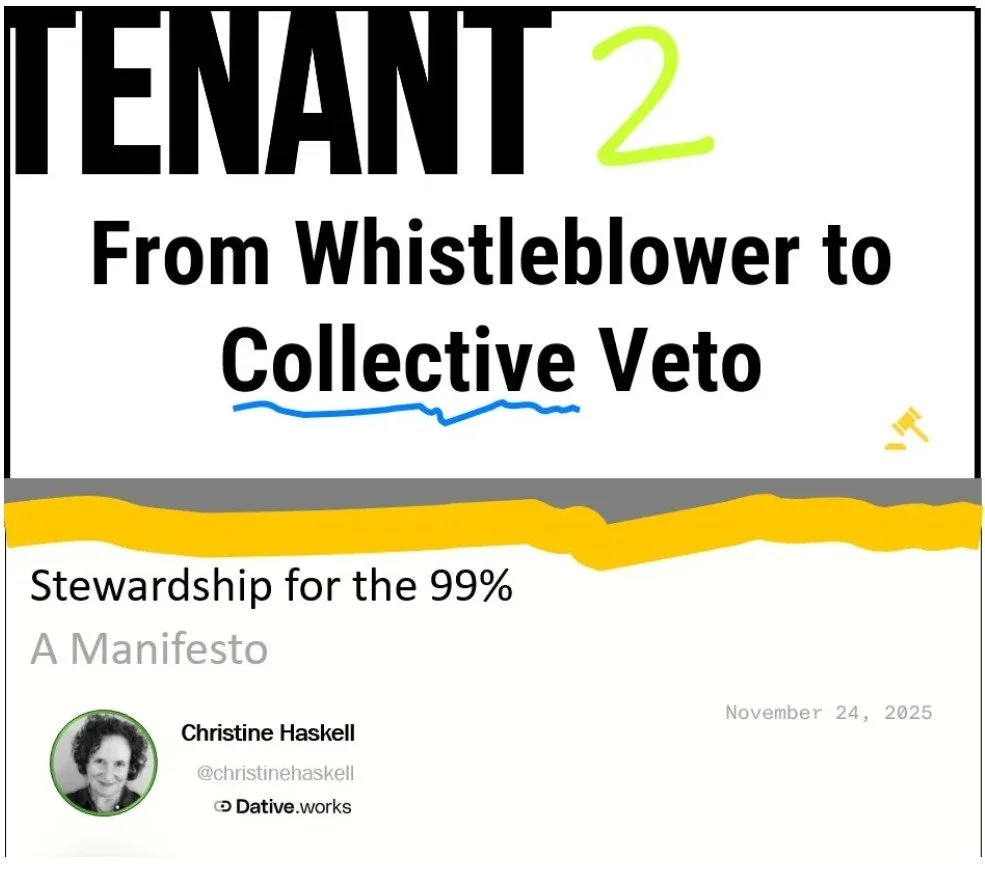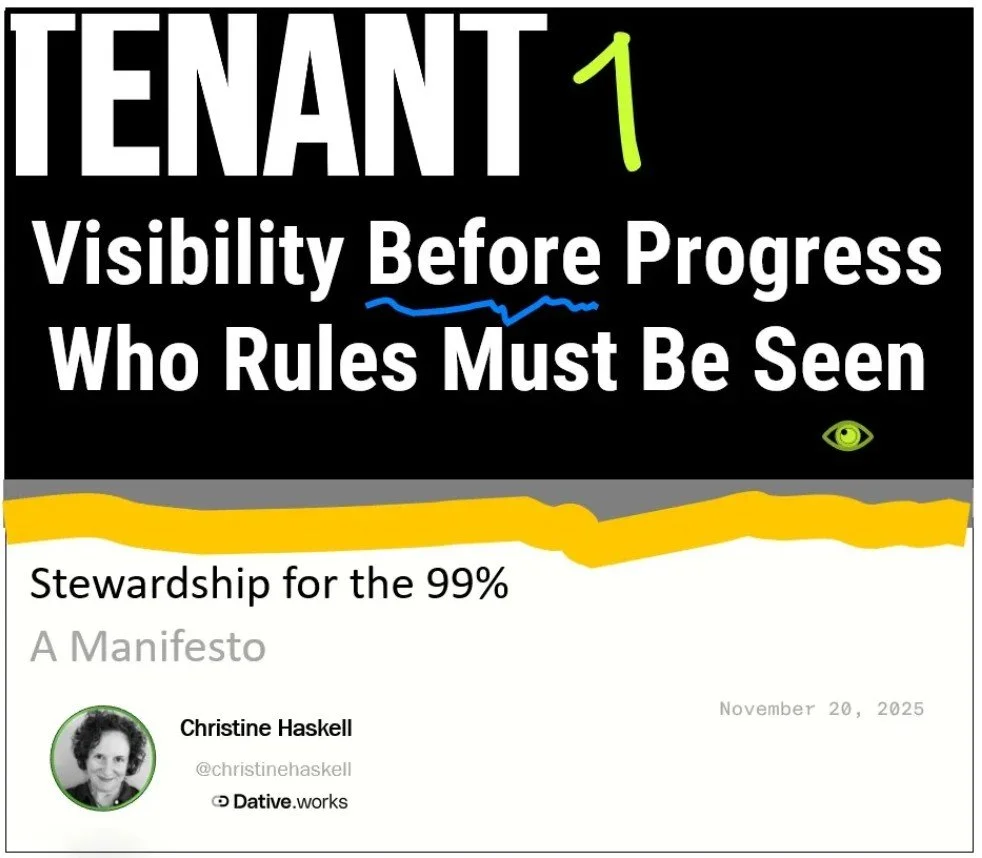By now, the true innovation of our era may be in the choreography of virtue: the panel, the audit, the dashboard, the values campaign, all staged to prove responsibility without ever surrendering control. It is easy to mistake more rituals for more care. But anyone who has sat through a post-mortem town hall or glossy transparency memo knows how often these spectacles exhaust dissent instead of enabling it. What passes for transparency is frequently a technology for managing consequence, not sharing it: failure is scripted into apologies and metrics while the machinery of extraction not only survives, but earns fresh legitimacy.
Read MoreAfter years of solitary warnings, the center of gravity has shifted from whistleblowing to organized constraint. Since 2018, the recent stewardship strikes have moved from the U.S. global tech hubs and European labor venues. Google employees’ revolt against Project Maven marked a pivot from ethics as branding to ethics as veto; the global walkout the same year demonstrated that action could move policy. By 2020, internal protests over the treatment of AI ethics researchers made the stakes explicit. In 2023, Hollywood turned talk into contract, codifying consent and compensation for AI use.
Read MoreThe manifesto set the terms for what comes next: stewardship that refuses both corporate gloss and mindless hype, insisting that change begins with clarity and accountability, not just aspiration. If you missed it, the manifesto lays out what real stewards do before the world scales new systems: they demand jurisdiction, contest the defaults, and protect the right to slow things down until harms are truly visible and priced.
Read More



